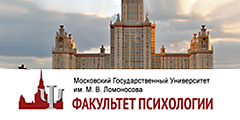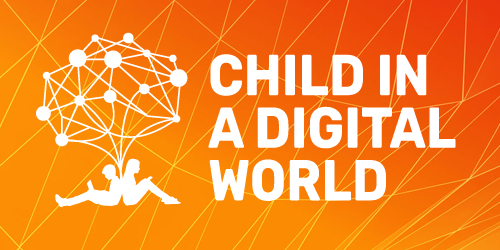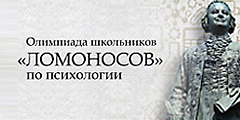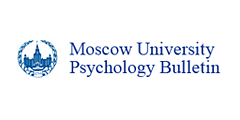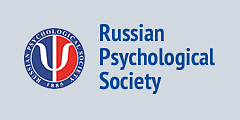Psychology in Russia: State of the Art, Moscow: Russian Psychological Society, Lomonosov Moscow State University, 2015, 1, 160 p.
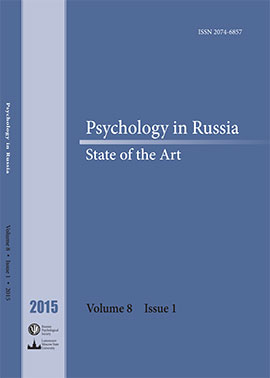
2015
Volume 8 (01)
Volume 8 (01)
Clinical psychology
-
Cognitive control and memory in healthy ApoE-ε4 carriers with a family history of Alzheimer’s disease
Cognitive psychology
-
The relationships between the achievement motivations and temperaments of psychology students with different lateral organization profiles
Social psychology
-
Migration as an indicator of people’s social and psychological stability (as exemplified in the Pskov Region)PDF HTML9990“ CITE
Gurieva S. D., Kostromina S. N., Tcvetkova L. A., Samuylova I. A., Konfisakhor A. G., Anisimova T. V. (2015). Migration as an indicator of people’s social and psychological stability (as exemplified in the Pskov Region). Psychology in Russia: State of the Art, 8(1), 61-73.
copied
-
Psychological factors of the readiness of teachers to ensure social security in the educational environment
-
The psychological safety of the educational environment and the psychological well-being of Russian secondary school pupils and teachers
Developmental psychology
-
Semantic structures of world image as internal factors in the self-destructive behavior of today’s teenagers



